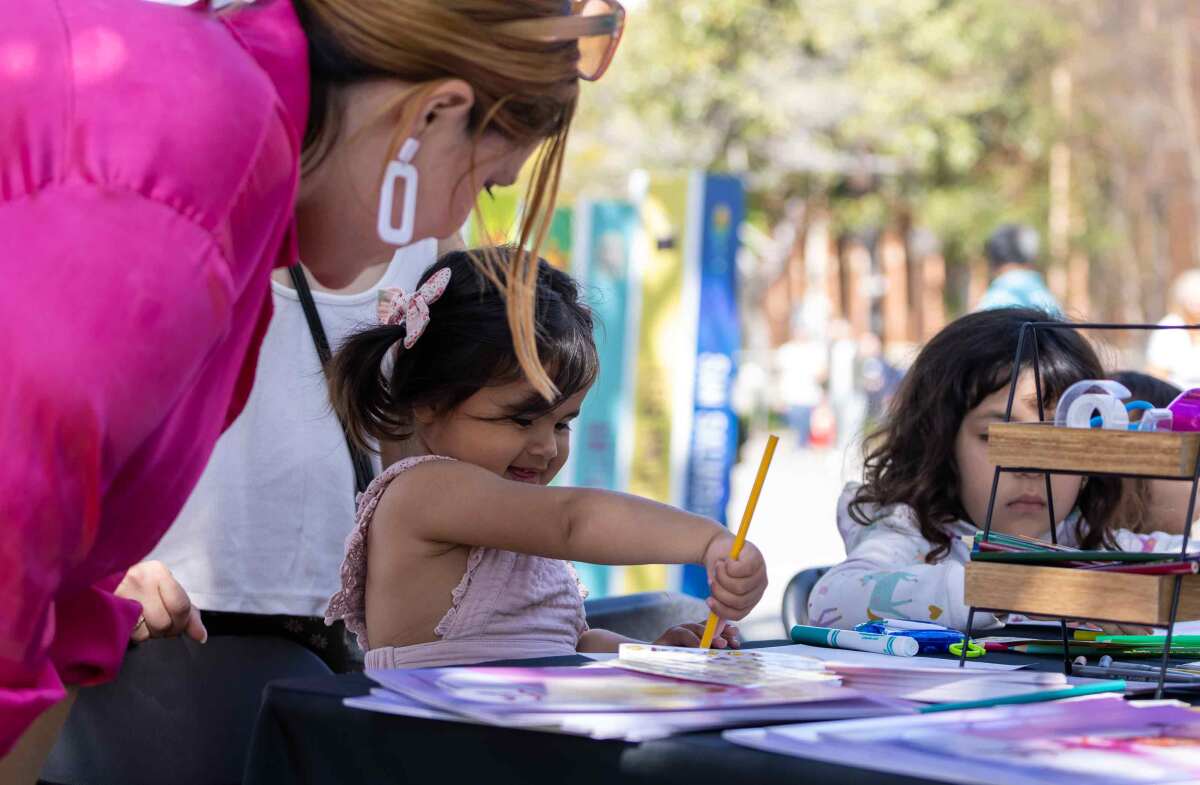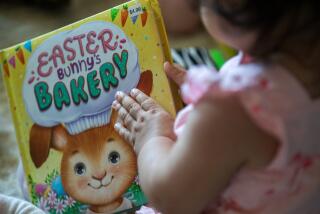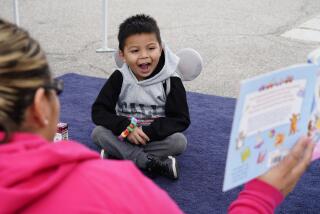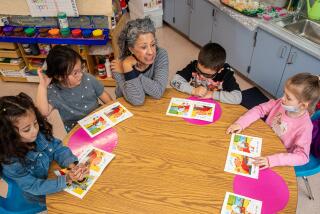Your baby is a linguistic dynamo. Hereâs how to turbocharge their superpower

You may not realize this, but your newborn is a linguistic dynamo waiting to happen. Babies can distinguish 800 language sounds, which means they are primed to learn several languages â at the same time. Parents can turbocharge this superpower from the moment their infant is born by taking a few easy steps.
For many two-language households, an effective option is having one caregiver speak to the child in one language, the other in the second language. Other families opt for using their own bilingual mixture of languages with their infant. If only one language is spoken in the household, you can choose child care, a babysitter or family member fluent in another language.
Reading by 9âs guide to reading readiness. Find expert tips, book recommendations and resources for parents of kids under age 5.
Whichever strategy you go with, the key is quality and quantity of communication. Babies learn language through human interaction, not TV, so parents should read, sing and talk to their baby as much as possible. Recite a rhyme while changing their diaper. Point out items at the park. Link the senses of taste, touch, sight and sound with words. Playing with your baby in both languages is important; just make sure you pronounce words clearly.
Another hint: Use âparenteseâ or baby talk. Infants respond to high pitched, melodic tones and simplified, repeated words. Reward them with smiles, clapping and plenty of praise.
Lastly, expose your baby to both languages outside your home. Take them to places where they will hear the different languages and encourage play with bilingual children.
It takes effort to raise bilingual kids, but the benefits will be manifold and last a lifetime.
This piece is a part of the L.A. Times parent reading guide, A guide to early learning: What to know for reading readiness. Find expert tips, book recommendations and local resources meant to help parents of kids under 5 incorporate reading into a childâs daily life.



